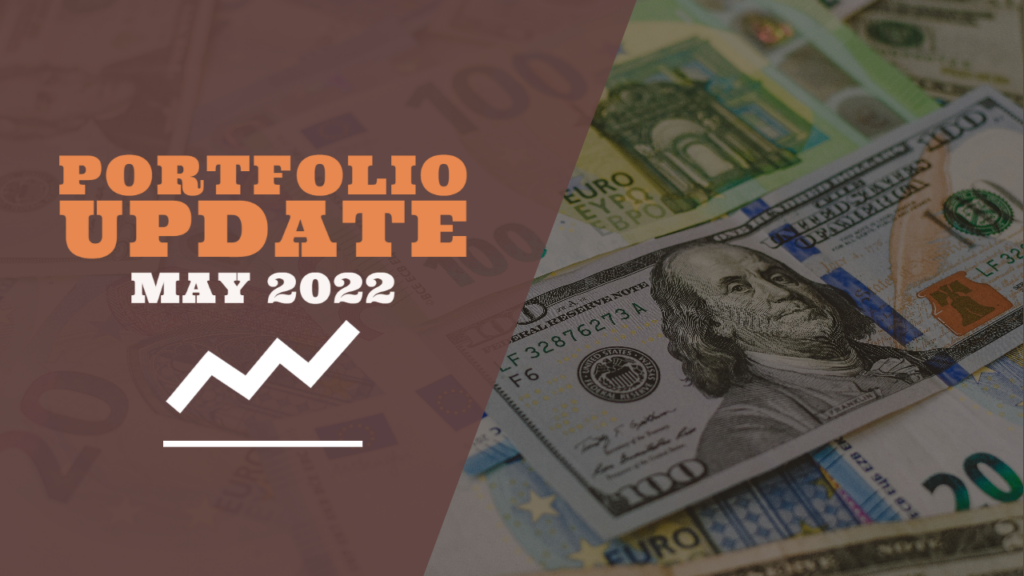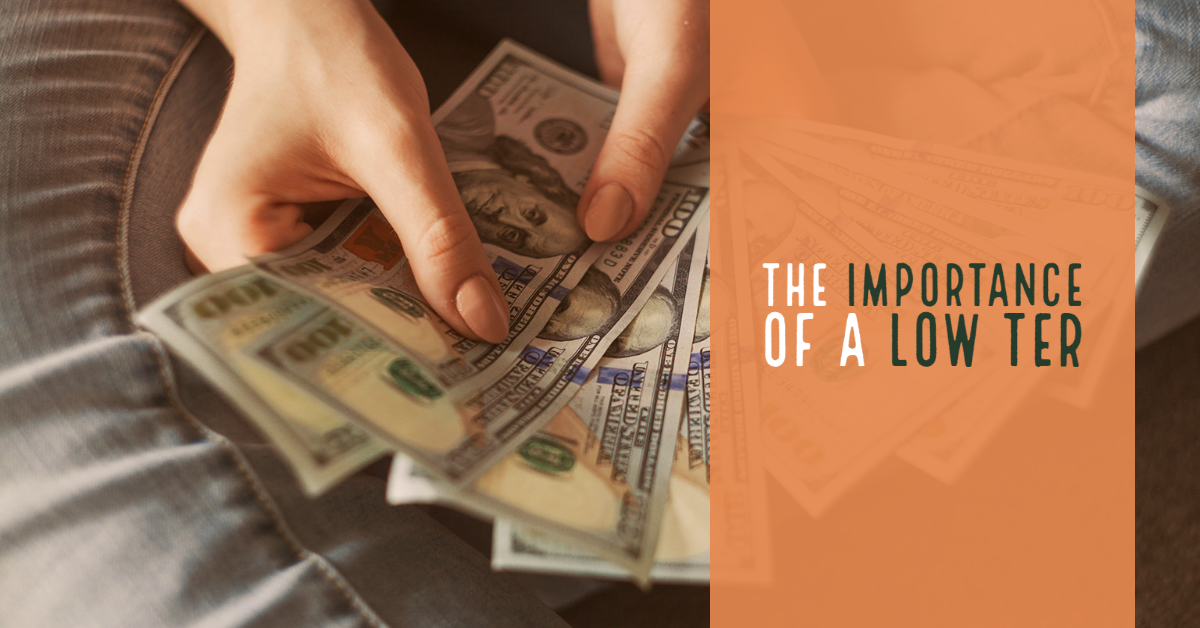When looking for good ETFs, one of the parameters you should look at is the total expense ratio or TER. Let’s take a look at the impact of what seems like small differences at first. This will show you the true importance of a low TER.
Practical Example
The biggest ETF holding of my portfolio is IWDA (IE00B4L5Y983). IWDA tracks the MSCI World index and has a total expense ratio of 0.20%. I found another ETF that tracks the same index with an expense ratio of 0.5% (IWRD). This is still not outrageous but enough to start seeing the impact. After ~11 years IWDA had a total return of 253.68% while IWRD had a total return of 245.80%.

A one-time investment of €10.000 in IWDA would be worth €25.368. If you had invested in IWRD, the same €10.000 would be worth €24.580. This is a difference of €800.
Keep in mind that this difference would only grow over time. A ten-year time-span is not that long if you are investing for your retirement.
Theoretical Example
Now I want to take a look at a theoretical fund with an expense ratio of 2% and compare this to the 0.2% TER of IWDA. Keep in mind that a lot of traditional banks actually offer funds with expense ratios in the region of 2%. This is not a made-up number by any means.
I used the following parameters to construct this example:
- A One-time investment of €10.000
- Invested for 20 years
- Annual growth of 5%
- Annual costs of 0.2% and 2%
0.2% TER
2.0% TER

As you can see, the difference gets quite substantial. With an annual fee of 0.2%, your investment would be worth €25.479 compared to €17.809 if the TER equals 2%. This means you would have missed out on more than €7.000 in gains! Here you can see clearly that the total expense ratio eats away a lot of your gains. Maybe you should think twice before investing your money in certain funds, especially if they are from a traditional bank!




